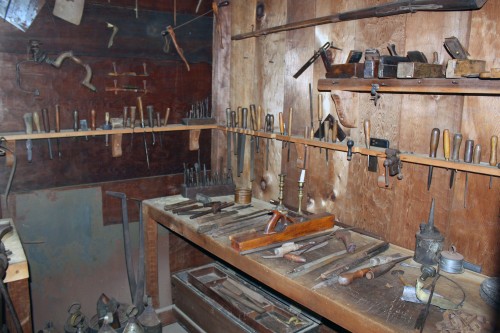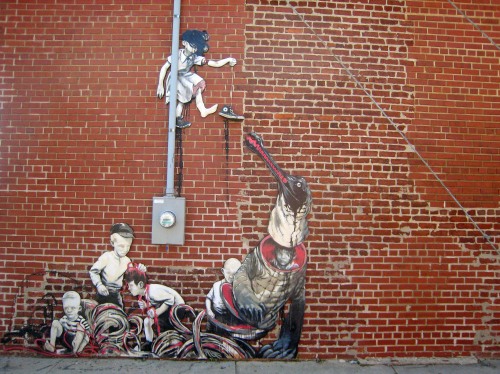Fort Ross
“What a magic place California is!…
The best years of my life were spent there;
I reverently carry the memory of them in my soul.”
A. Rotchev, the last manager at Fort Ross.
In Spring 1812, about one hundred Russians and native Alaskans arrived in northern California and established a colony called Fort Ross. The main goal of the settlement was to supply the Alaskan colonies with food and hunt fur-bearing sea otters. In 1820s, however, it was recognized that the otter population was going down, and the Russian-American Company established hunting moratoriums on sea otters in the North Pacific. This was the earliest known effort at marine conservation. Among other innovations, four ships – three brigs and a schooner – were the first ships built on the California coast. Also, the Fort Ross settlers built the California’s earliest windmills. In 1841, Alexander Rotchev, the last manager of Fort Ross, was ordered to sell the settlement. The fortress was sold to John Sutter, a Swiss pioneer of California, famous for his association with the Gold Rush.
This summer, we have visited Fort Ross. I left overwhelmed with two feelings:
1) a strong respect for inventive Russian colonists, true patriots, who established the settlement and lived in peace with the native Kashaya Pomo people and Mexicans.
2) a deep gratitude to American people for preserving Fort Ross, a unique piece of our common history.
01. The chapel, originally built in the mid-1820s,
was the first Russian Orthodox church in North America outside of Alaska.

02. The Kuskov House is the reconstructed residence of Ivan Kuskov, founder and first manager of Ross. Kuskov named settlement Ross and managed it from 1812 to 1821.

03. The arsenal located at the ground floor of the Kuskov House.

05. Among the later visitors to Ross was naturalist and artist Ilya Voznesenskii. He was sent by the Imperial Academy of Sciences to explore and investigate Russian America.

07. Two-story Russian-American Company warehouse.

09. A collection of jack planes

10. The Northwest and Southeast blockhouses were watchtowers for guards with cannons, who protected all sides of the fort from potential threats. Fortunately, the protective value of the fort never needed testing.
A view from the Southeast blockhouse.




























